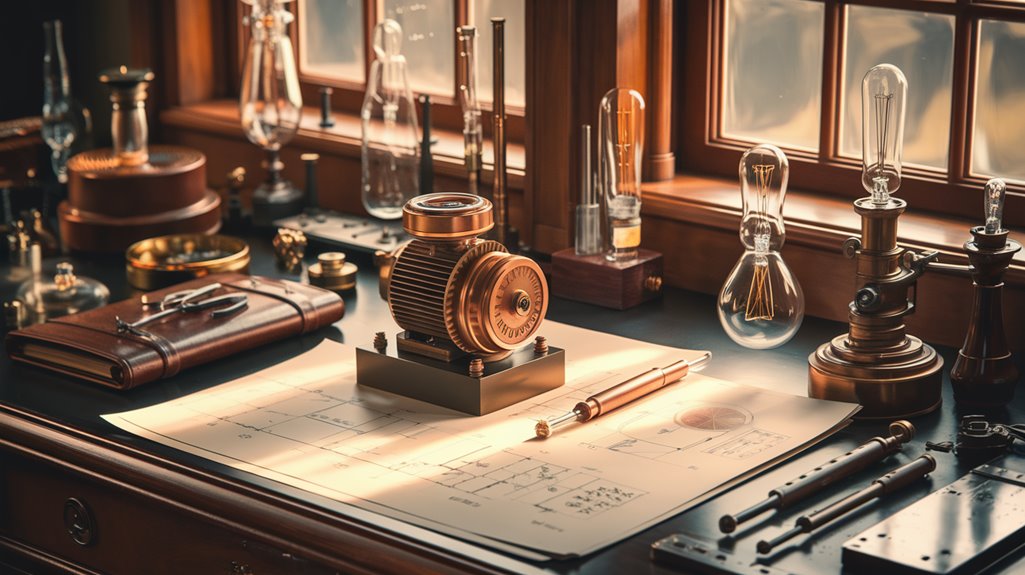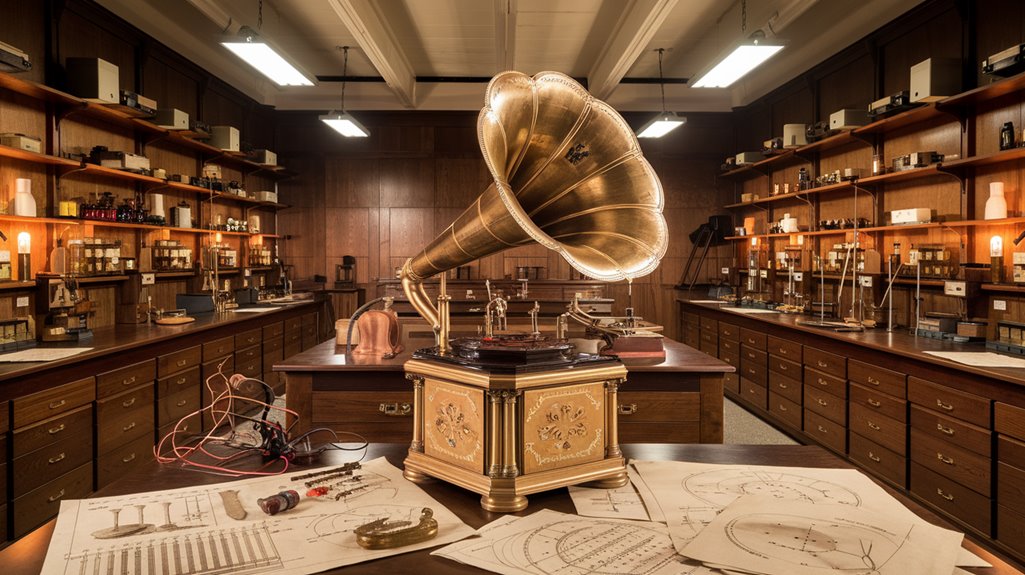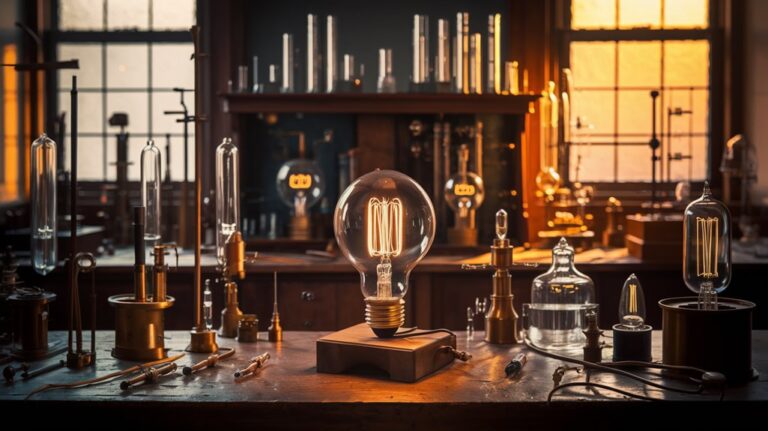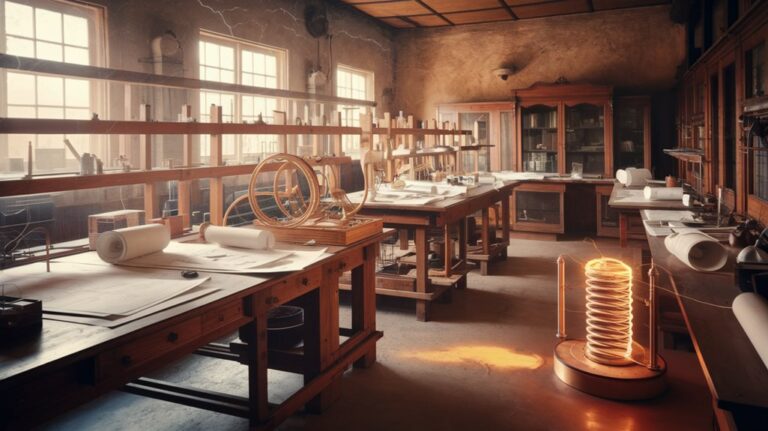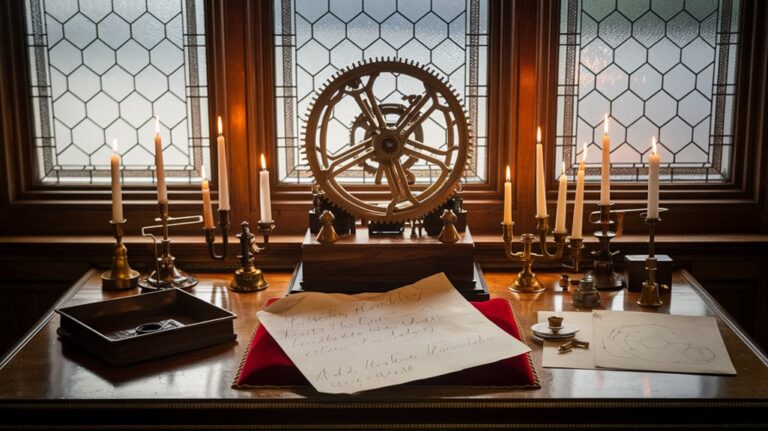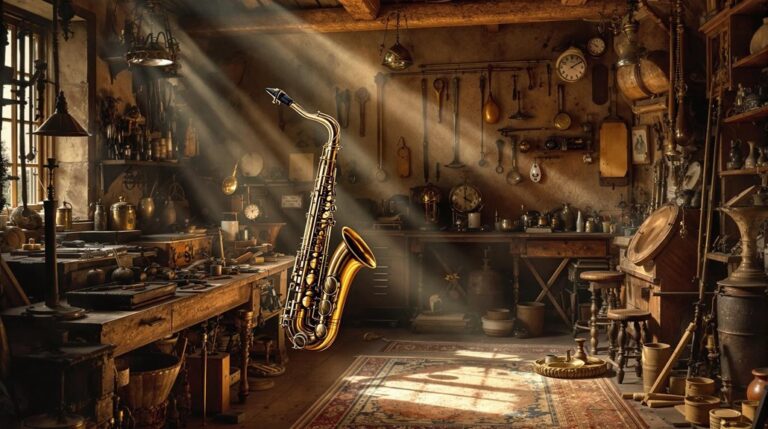Debunking Tesla and Edison: Everything You Know Might Be Wrong
Did you know that over 80% of Americans believe Nikola Tesla single-handedly invented alternating current? You've probably heard the stories: Tesla as the tragic genius and Edison as the calculating businessman. But the real history between these two electrical pioneers isn't as black and white as social media and popular culture would have you believe. It's time to separate the myths from reality and discover how their complex relationship actually shaped our modern world.
The Real Story Behind the War of Currents
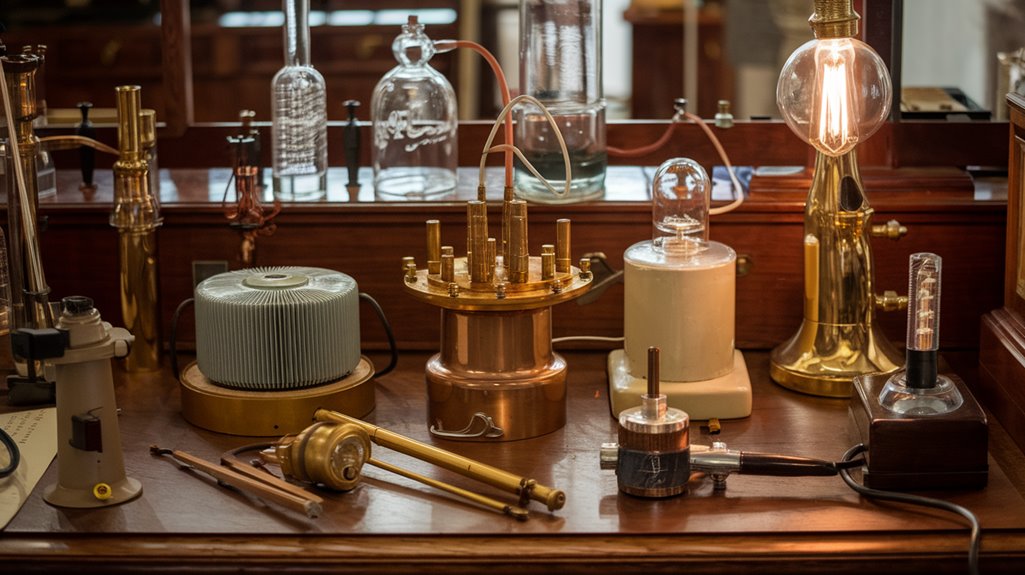
While most people know about the rivalry between Thomas Edison and Nikola Tesla, the War of Currents wasn't just a personal feud—it was a technological battle that shaped our modern world.
Edison's tactics included aggressive public campaigns to discredit alternating current, even using shocking demonstrations to portray AC as deadly. The Westinghouse Electric Company provided crucial backing for Tesla's innovations during this period.
Meanwhile, Tesla's vision of AC power distribution proved more practical, as it could efficiently transmit electricity over long distances using transformers. The battle highlighted the growing importance of patent protection in technological innovation.
Though Tesla later sacrificed his royalties to help Westinghouse during financial troubles, their collaboration ultimately established AC as the global standard for power distribution.
The real turning point came when entrepreneur George Westinghouse recognized AC's potential and purchased Tesla's patents.
Their partnership led to groundbreaking projects, including powering the 1893 Chicago World's Fair and harnessing Niagara Falls.
Separating Fact From Fiction: Tesla's Journey
Though popular culture often paints Nikola Tesla as either a mysterious wizard or a tragic hero, his real story proves far more compelling.
After studying engineering across Europe, his mother's inventive spirit and his education shaped his innovative mind. You mightn't know that Tesla's early career included improving telephone technology in Budapest before he sailed to America in 1884. His breakthrough came when he envisioned induction motors while working at the Budapest Telephone Exchange.
Throughout his journey, Tesla's inventions revolutionized how we use electricity. While his AC system and Tesla Coil remain his most famous achievements, he also created remarkable devices like bladeless turbines and efficient generators. His work at AC lighting systems became widely adopted after Westinghouse implemented them in 1886.
Despite losing his lab to fire in 1895 and facing funding challenges with J.P. Morgan, Tesla persisted in his work. His legacy lives on through his 300 patents and the modern power systems we still use today.
Edison's Corporate Empire and Collaborations
Despite his image as a lone inventor, Thomas Edison built an impressive corporate empire through strategic partnerships and financial backing. His early ventures with the Golden Stock Telegraph Company and agreements for innovations like the one-wire stock printer laid the groundwork for his future success.
Edison's partnerships with powerful financiers like J.P. Morgan and the Vanderbilt family enabled him to establish the Edison Electric Light Company in 1878. This company became a cornerstone of his legacy, eventually merging with Thomson-Houston to form General Electric. Starting as a railroad news vendor, Edison's entrepreneurial journey showcased his ability to identify and capitalize on business opportunities.
You might be surprised to learn that Edison's corporate influence extends to modern times through entities like Edison Partners, which invests in technology companies, and Con Edison's community initiatives that focus on environmental stewardship and social justice, carrying forward both his innovative spirit and business acumen. Today, Edison Partners continues his legacy of innovation by managing $1.7 billion in assets while investing in high-growth technology companies.
Beyond the Rivalry: Their Lasting Impact
Beyond their famous rivalry over electrical systems, Edison and Tesla's combined innovations transformed human civilization in ways that continue to shape our daily lives.
Their technological legacies extend far beyond the War of Currents, with Edison's practical inventions revolutionizing entertainment through motion pictures and sound recording, while Tesla's AC system powers the cities you live in today.
The research conducted at Menlo Park lab established a model for modern industrial innovation that continues to influence technology companies.
You'll find their innovative collaborations with other scientists and engineers helped establish the foundations of our modern world.
Edison's entrepreneurial drive commercialized electricity for everyday use, while Tesla's visionary work in wireless transmission laid groundwork for today's communications.
From the light bulbs illuminating your home to the electrical grid powering your devices, you're experiencing the direct impact of their pioneering achievements in virtually every aspect of modern life.
Edison's resilient mindset of viewing setbacks as opportunities to improve shaped his approach, famously stating that finding 10,000 failed ways only proved he hadn't failed at all.
Myths That Shaped Our Understanding of Both Inventors
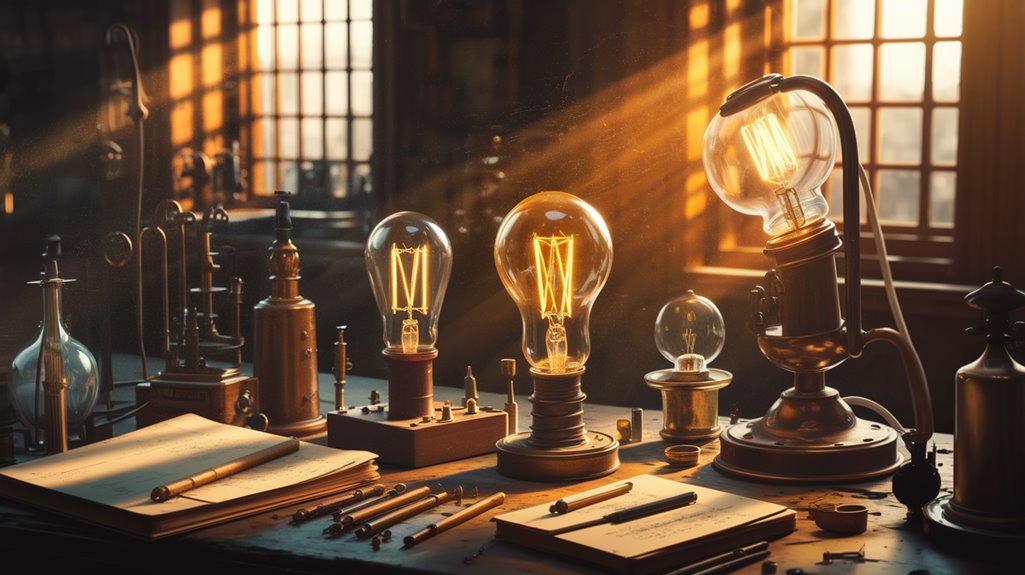
When examining the legacies of Tesla and Edison, you'll find that popular culture has woven numerous myths into their historical narrative.
The mythical portrayals of their rivalry have distorted historical facts, creating a dramatic but inaccurate story of bitter enemies. You might be surprised to learn that Tesla didn't invent AC power, and Edison wasn't the villain who tried to sabotage Tesla's career.
These historical inaccuracies extend to their inventions too. Many technologies commonly attributed to Tesla, including radar and the fluorescent lamp, were actually developed by others. Both inventors shared a deep passion for engineering as they pursued their scientific endeavors.
Similarly, Edison's character has been unfairly maligned – he actually allowed Tesla to patent his work while employed at Edison's company. Their alleged feud over a $50,000 bonus was greatly exaggerated in history.
The truth is, both men made significant contributions to science and technology, but their relationship was more complex than the simplified hero-villain narrative suggests.

